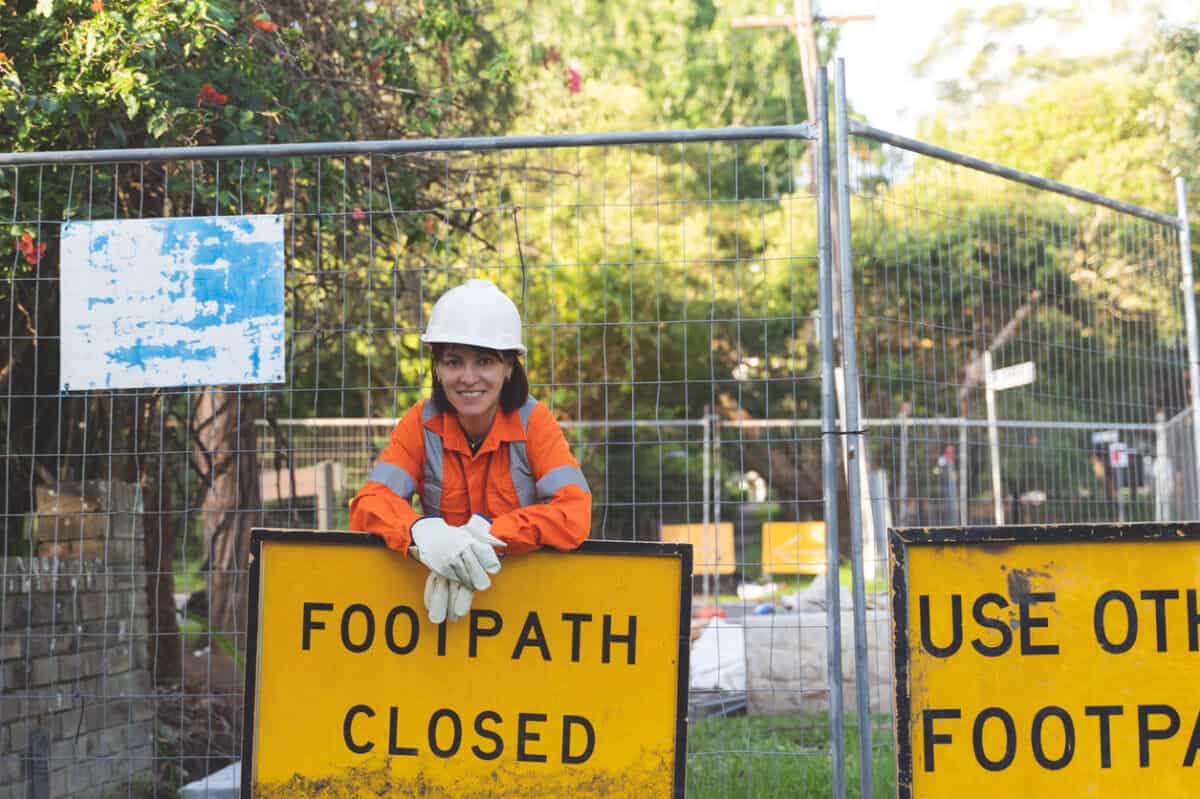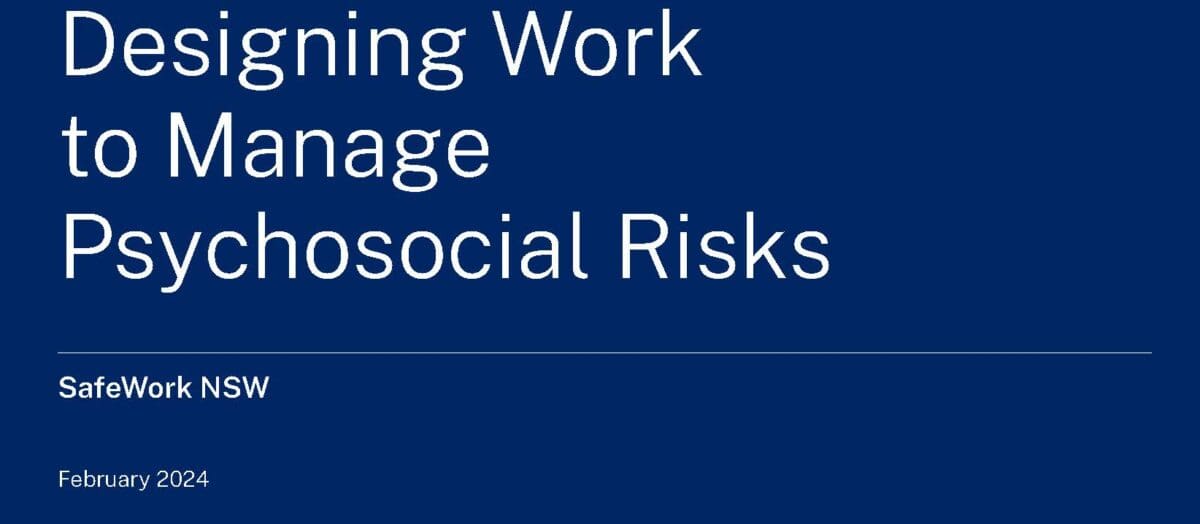Occupational health and safety (OHS) has been fairly successful in reducing the frequency and numbers of traumatic workplace injuries largely because such injuries cannot be hidden or may occur in front of others and increasingly on video. It is a sad reality that work-related deaths generate change and progress. Sometimes the more deaths, the more significant that change or, the quicker that change occurs. However, it is even sadder that change often requires a death.
Note: this article discusses suicide.







